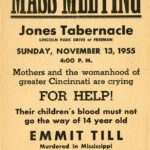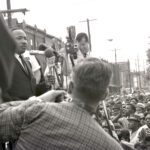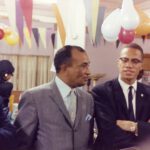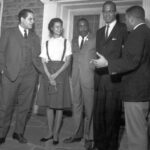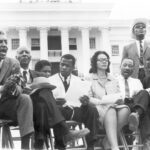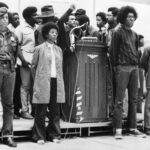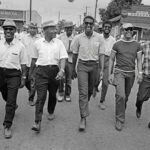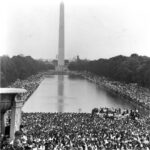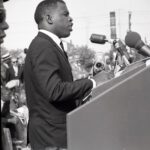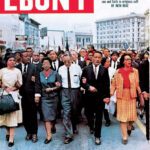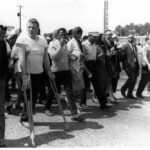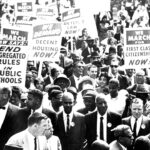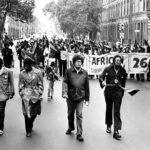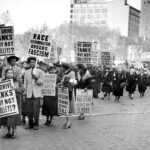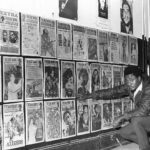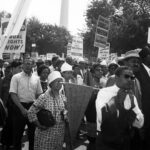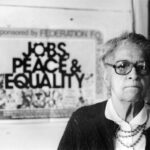
This unit examines the era of the Civil Rights Movement, focusing on the radical visions of freedom, justice, and equality that shaped the struggle for Black liberation. Students explore the leadership of Martin Luther King Jr., delving into his philosophy of I-It/I-Thou relationships and his groundbreaking strategies for nonviolent resistance. The unit highlights the often-overlooked contributions of Black women leaders who played pivotal roles in organizing, advocating, and advancing the movement. Through the analysis of key events and documents, such as the Civil Rights Act of 1957, learners investigate how legislative efforts sought to dismantle systemic racism. Activities include analyzing speeches, exploring grassroots organizing strategies, and examining the cultural and political resistance that defined this era. Discussions focus on the interconnected struggles for racial and economic justice, emphasizing how activists challenged narratives to demand systemic change. Students also reflect on the ways the Civil Rights Movement inspired global liberation efforts, connecting Black liberation in the U.S. to broader anti-colonial and anti-apartheid struggles. This unit empowers students to understand the complexities of the movement and the enduring impact of its radical visions of freedom. By the end, learners gain an appreciation for the sacrifices, strategies, and legacies of those who fought to transform American society and beyond.
NJ Social Studies Standards:
- 6.1.8.CivicsPI.3.a: Cite evidence from a variety of sources to describe how the leadership qualities of early Black women in the Civil Rights Movement inspired change in communities.
- 6.1.8.CivicsCM.4.a: Analyze the role of individuals and groups in addressing inequality and promoting civil rights.
- 6.1.8.HistoryUP.4.a: Examine how individuals worked to preserve and expand democracy during the Civil Rights Movement.
- 6.1.8.HistoryCC.4.c: Assess how education initiatives advanced equality and empowered marginalized communities.
Lesson Materials:
| Name | Type |
|---|

